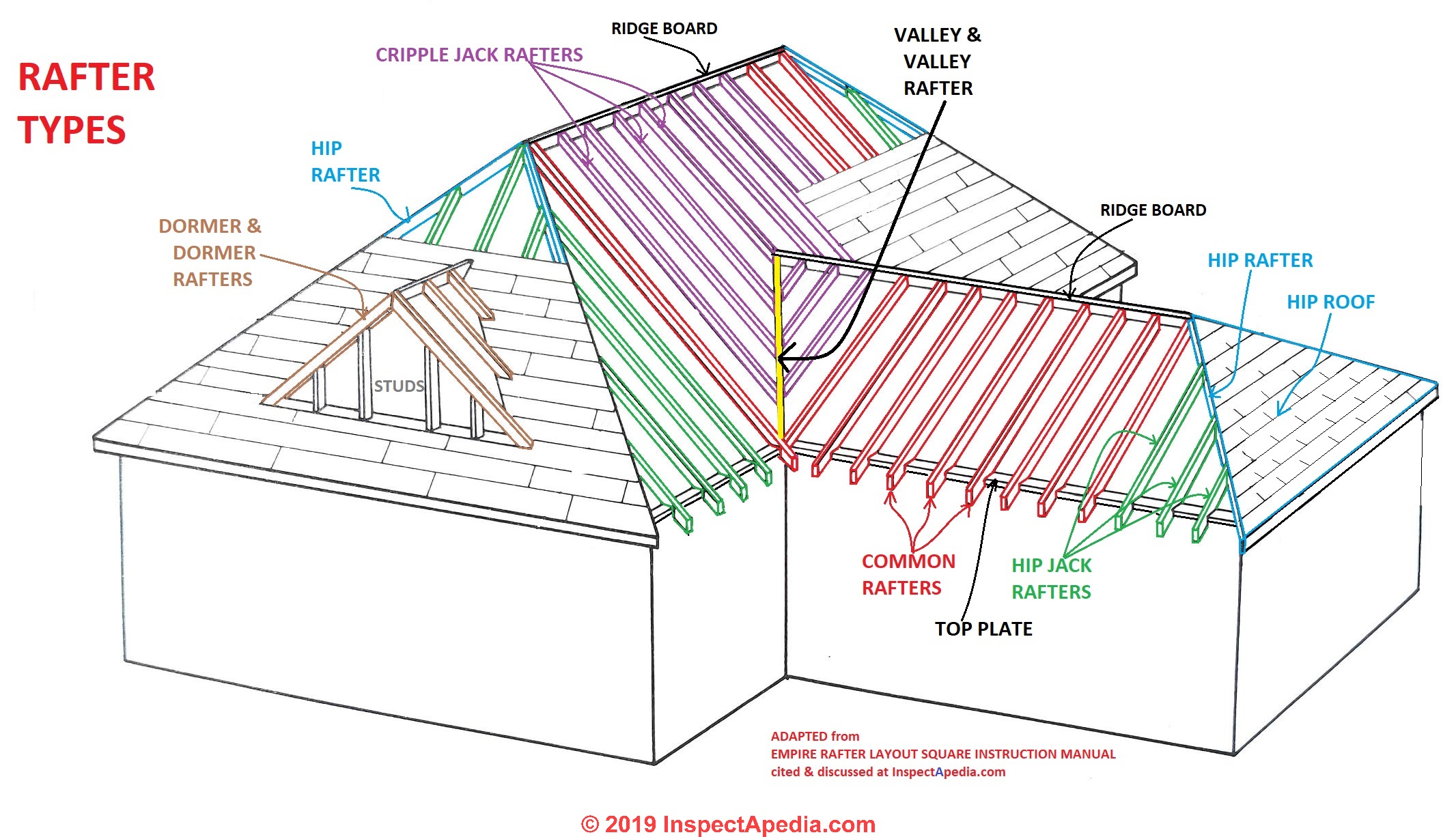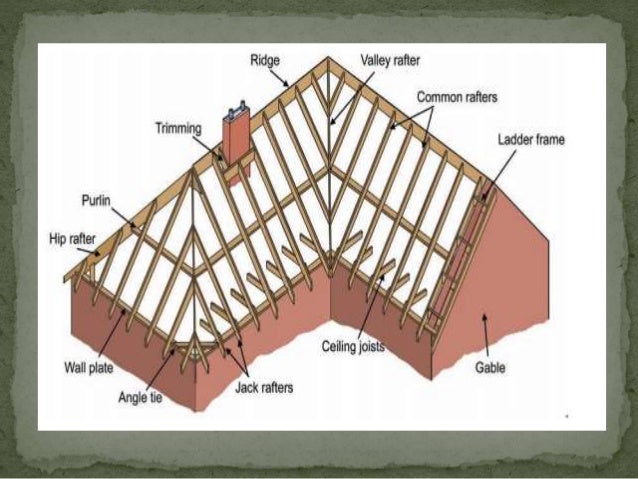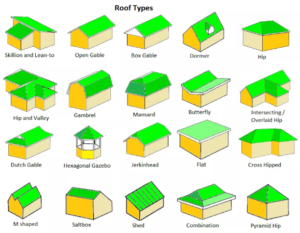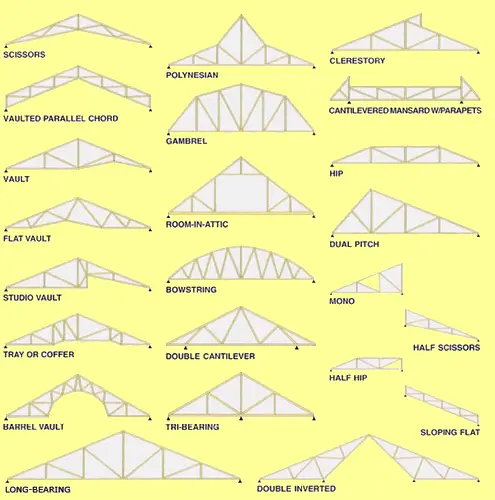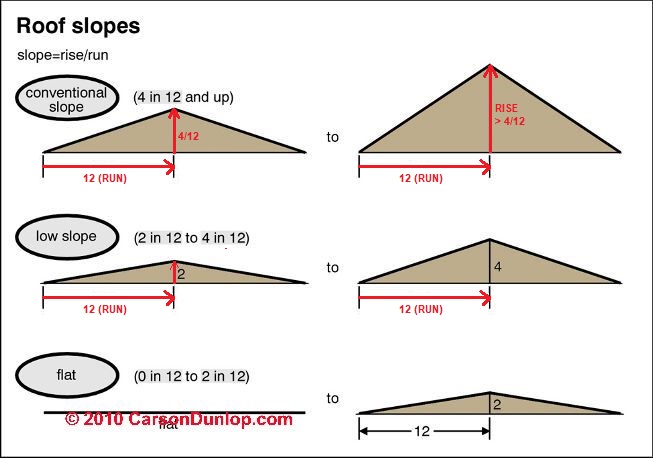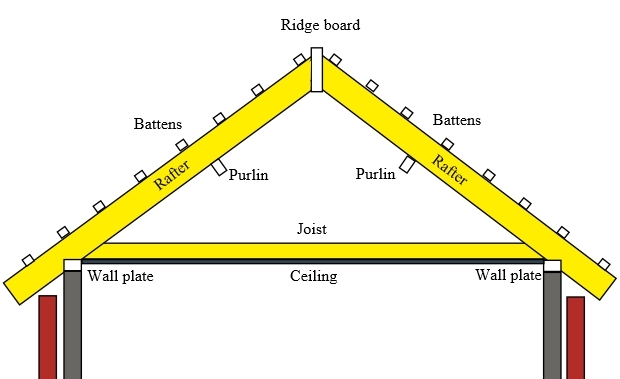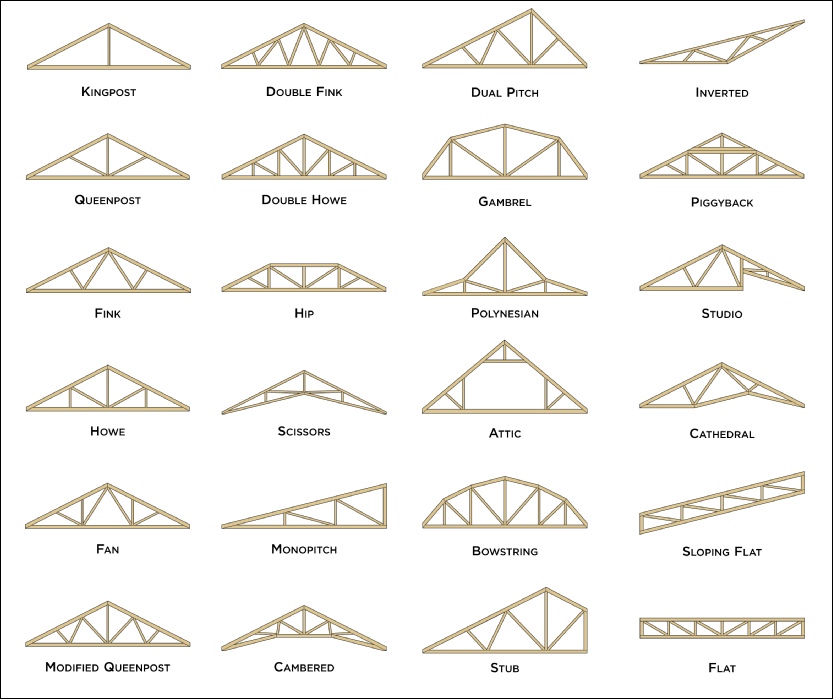A roof is the top covering of a building including all materials and constructions necessary to support it on the walls of the building or on uprights providing protection against rain snow sunlight extremes of temperature and wind.
Roof angle names.
The v cut angle along the junction of two slopes of a roof.
Historically roof pitch was designated in two other ways.
This type of roof is often seen in buildings with a more complex layout for example homes with an attached garage.
Butterfly roof v roof london roof.
A ratio of the ridge height to the width of the building span and as a ratio of the rafter length to the width of the building.
Commonly used roof pitches were given names such as greek.
The ridge height is 1 9 to 1 7th the span an angle of 12 5 to 16.
Horizontal line at the top of the roof.
A kink separates the roof into two parts running towards each other at an obtuse angle.
To ensure the valley is watertight it is covered by flashing made of a flexible material or of metal or better still a combination of the two.
A type of gable found in some traditional japanese buildings.
The characteristics of a roof are dependent upon the purpose of the building that it covers the available roofing.
A roof is part of the building envelope.
It is recommended to use at least a 10 12 pitch or 40 angle for snowy regions.
However if the roof also contains hips and valleys it should either be shingled or roofed with metal shingles or standing seam to help prevent roof leaks.
A v shaped roof resembling an open book.
Types of gable roofs.
A cross gable roof is a design that consists of two or more gable roof ridges that intersect at an angle most commonly perpendicular to one another.




